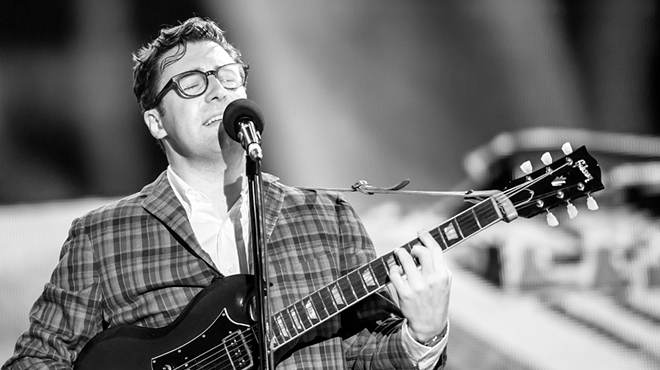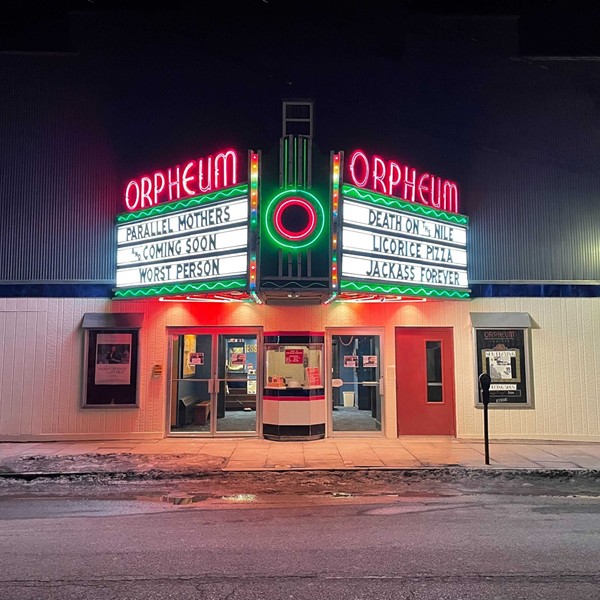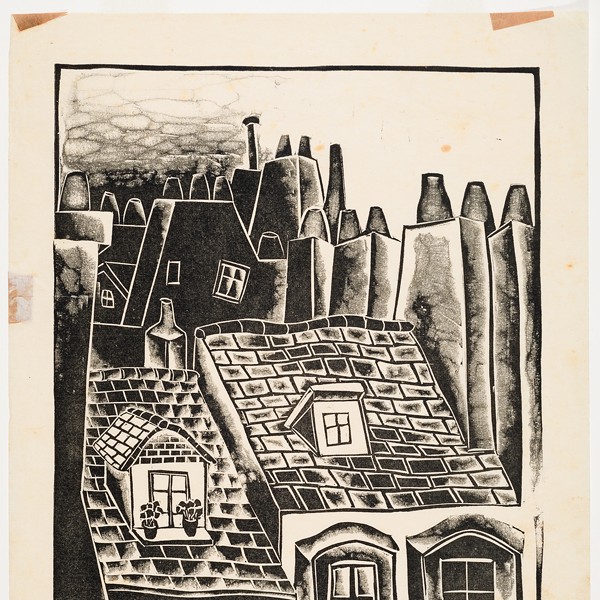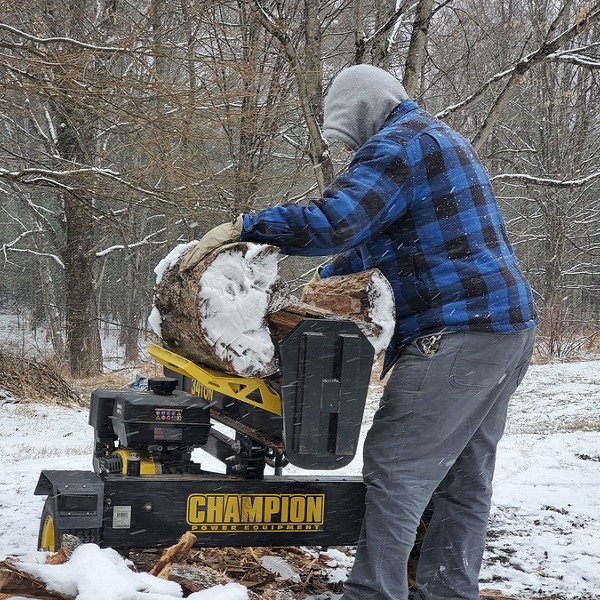As a young poet in the 1950s, Sanders often wrote persona poems in the tradition of early Pound, Eliot, and Lowell. “It’s very American to write in other voices,” he says. The New Orleanean voices he channels include an exiled survivor in “Echoes of Heraclitus” (“Four days I sat in the attic/with 27 cans of beans/we were going to use on Labor Day/and some coca cola I drank very slowly/to make it last”) and the trembling-legged hipster of “My Darling Magnolia Tree” (“Dope won’t help. Tight shoes won’t help./The poems of Rilke won’t help./Help! Won’t help”).
On the CD, Sanders’s Midwestern diction sometimes morphs into such personae as good ol’ boy Johnny Pissoff, gleefully hijacker of idle FEMA trailers; he also employs several female readers. The entire CD is scored by New Orleans composer Mark Bingham, with sounds spanning marching-band Americana, jazz funeral, and even a healing raga. The final track, the 13:30 minute “Then Came the Storm,” is an emotional tour-de-force welding music and words.
Sanders has often been called an American bard; American Bard, in fact, is the title of one of his solo CDs. It’s an apt appellation for many reasons, including his affinity for recitation and the epic scope of his ambition. He’s currently working on volume six of his nine-volume America: A History in Verse; Volumes 1-5, completed over the past 10 years, will soon be released as a five-CD set. He’s also penned book-length verse biographies of Allan Ginsberg and Anton Chekhov.
Though the terms “creative nonfiction” and “New Journalism” are embedded in the zeitgeist—Sanders’ bestselling prose investigation of the Manson murders, The Family, being a prime example—he was left to coin his own phrase for his nonfiction verse: Investigative Poetry. In a City Lights-published manifesto by this name, he exhorts poets to “write everything down,” advice that he’s clearly taken to heart. He’s stored about 500 bankers’ boxes of research material in his garage and outbuildings. “I try to organize so I can find stuff in less than a minute,” he explains, adding that he learned to file data by working with revered local historian Alf Evers during his final years. “Information systems tend towards chaos if left on their own.”
He uses a computer as well, but for longevity “paper trumps digitalia.” He and Miriam just returned from Europe, where they saw numerous medieval manuscripts. “They’re still happening,” he says with immense satisfaction.
Sanders overlaps many projects at once, following a regime he calls “All Projects Now.” By his own admission, he’s been known to fill out 3x5 cards while pushing a shopping cart. Indeed, he seems constitutionally incapable of not writing poetry: even his emails have line breaks.
Sanders often performs poems with musical accompaniment, and has invented a variety of instruments to suit his needs, including the Mona Lisa Lyre, the Talking Tie, and the Pulse Lyre. He fetches an attache case and pulls out two partial gloves with dangling wires and metal strips on each fingertip. It looks like a homemade torture device, which can pose problems at airports, says Sanders. “Homeland Security doesn’t like the Pulse Lyre.”
Growing up in Kansas City, he studied piano and drums, listened to jazz and classical music, and belonged to the Society of Barbershop Quartet Singers. Quite a leap to the anarchic, exuberantly D-I-Y sound of The Fugs, but the times, as one of Sanders’ colleagues wrote, were a’changin’.
Sanders’s Tales of Beatnik Glory, a four-volume suite of stories set between 1957 and 1969, limns the beatnik-to-hippie crossfade in a seamless braid of memoir, fiction, and the translucently fictionalized. Sanders’s hybridized beat poets, amphetamine-heads, performance artists, and film freaks interact with such real-world colleagues as Andy Warhol, Jonas Mekas, and fellow Fug Tuli Kupferberg.
The opening story, “The Mother-in-Law,” includes a “pretty accurate” vision of Miriam’s mother. “We’d be planning indictment stuff with Abbie Hoffman and Jerry Rubin, and she’d come squinching up Avenue A with these shopping bags full of chocolate-covered Streit’s matzos and palm hearts,” Sanders recalls. The story’s “m-i-l” eventually tracks the young couple to a striped party tent “in the Catskill hills near Phoenicia, New York.”
Ed and Miriam Sanders moved upstate in 1977, buying their house with a royalty check from The Family. It’s still paying bills: The Family was optioned for film (as was Tales of Beatnik Glory), and Sanders just received a set-up bonus. He’s hopeful the film will be made: “It’s a good bloody American crime story with nudity and communes and devil worship and the Beach Boys—it all maintains its Billy the Kid allure.”
















